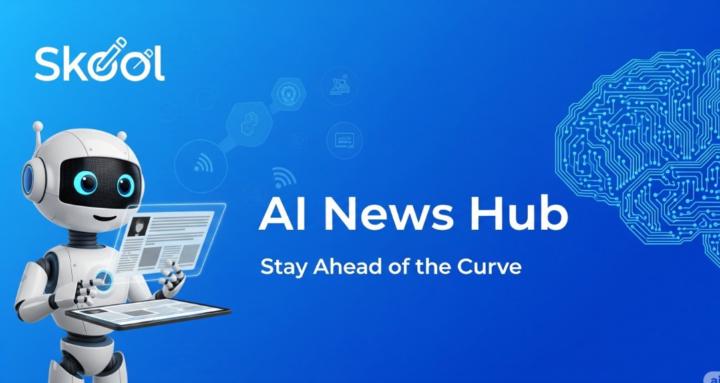Aug 22 • AI Tools
Google’s AI Course for Beginners (in 10 minutes)!
This video transcript distills Google's 4-hour AI course for beginners into 10 minutes, aiming to provide practical insights that can improve the use of tools like ChatGPT and Google Bard and clarify common misconceptions about AI, machine learning, and large language models.
Here's a summary of the key concepts:
• Artificial Intelligence (AI): AI is an entire field of study, similar to physics.
• Machine Learning (ML): ML is a subfield of AI, much like thermodynamics is a subfield of physics. It involves programs that use input data to train a model, which can then make predictions based on new, unseen data.
◦ Supervised Learning Models: These models use labeled data to make predictions. For instance, given historical data of restaurant bills and tips, labeled by pickup or delivery, a supervised model can predict the expected tip for a new order. A key characteristic is that after making a prediction, it compares it to training data and attempts to close any gaps.
◦ Unsupervised Learning Models: These models look at raw, unlabeled data to find natural groupings. An example is plotting employee tenure against income to identify groups with different income-to-years-worked ratios, which can then be used to determine if a new employee is on a "fast track". Unlike supervised models, they do not compare predictions to training data.
• Deep Learning: Deep learning is a subset of machine learning that utilizes artificial neural networks, inspired by the human brain. These networks consist of layers of nodes and neurons, and more layers generally mean a more powerful model.
◦ Semisupervised Learning: Deep learning models enable semisupervised learning, where a model is trained on a small amount of labeled data and a large amount of unlabeled data. For example, a bank might label only 5% of transactions as fraudulent and let a deep learning model learn from this small labeled set to apply those learnings to the remaining 95% unlabeled data to detect fraud in future transactions.
• Discriminative vs. Generative Models (sub-types of Deep Learning):
◦ Discriminative Models: These models learn from the relationship between data points and their labels, primarily for classifying data. They can classify outputs like "fraud" or "not fraud," or identify a picture as a "cat" or "dog" if trained on labeled images. The output is typically a number, a classification, or a probability.
◦ Generative Models (Generative AI): Unlike discriminative models, generative models learn patterns within training data and then generate something new based on those learned patterns. If given patterns of dogs (two ears, four legs, a tail, barks), a generative model can create a completely new image of a dog when asked. Generative AI is identified by outputs such as natural language text, speech, images, or audio—essentially, new samples similar to the data it was trained on.
• Types of Generative AI Models:
◦ Text-to-text models: Examples include ChatGPT and Google Bard.
◦ Text-to-image models: Examples include Midjourney, DALL-E, and Stable Diffusion, which can both generate and edit images.
◦ Text-to-video models: Examples include Google's Imagen Video, CogVideo, and Make-A-Video, which generate and edit video footage.
◦ Text-to-3D models: Used for creating game assets, with OpenAI's Shape-E model as an example.
◦ Text-to-task models: Trained to perform specific tasks, like Google Bard summarizing unread emails when prompted "Gmail summarize my unread emails".
• Large Language Models (LLMs): LLMs also fall under deep learning, but they are not the same as Generative AI, though there is overlap.
◦ Pre-training and Fine-tuning: LLMs are typically pre-trained with a very large set of data to solve common language problems such as text classification, question answering, document summarization, and text generation. After pre-training, they are then fine-tuned for specific purposes using smaller, industry-specific datasets.
◦ Real-world Application: For instance, a hospital might use a pre-trained LLM from a large tech company and then fine-tune it with its own medical data to improve diagnostic accuracy from X-rays. This allows smaller institutions without the resources to develop their own LLMs to benefit from general-purpose models by adapting them to their specific needs.
The full Google AI course is free and consists of five modules, offering a badge upon completion of each. The content is noted to be more theoretical, suggesting that practical prompting skills would need to be learned separately.
1
0 comments
powered by

skool.com/ai-news-ai-seo-youtube-2802
The ultimate hub for AI news, SEO strategies, and YouTube growth hacks. Join our community and level up your skills! Get insights, tips, and news.
Suggested communities
Powered by
